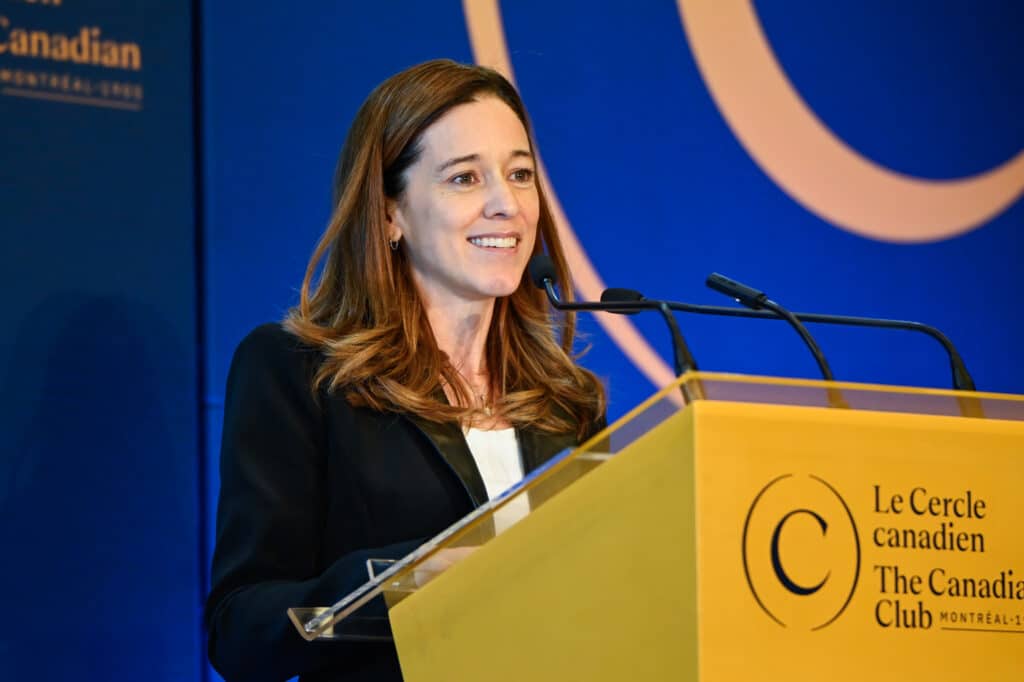The situation of the residential real estate sector of Montreal has been the talk of the town lately and has given rise to many questions from future buyers.
It is a fact that the offer in residential projects is currently significant. However, the majority of these projects are at the market introduction phase. Lenders usually request a 60% sale ratio before the beginning of the construction work. If this amount is not attained, the developers will have to postpone their project, which prevents the creation of a surplus inventory.
In the 90’s, the loans were granted more easily, and the market experienced a problem of surplus in housing units. Today, the situation is totally different: there is a surplus of offer rather than a surplus inventory. For example, a new buyer couldn’t find a condo to move into today at Lowney, Les Bassins du Havre, Impérial, Le Seville or Le 21e Arrondissement. Many factors are arguments in favor of the residential real estate market. Very low interest rates immediately come to mind, but they are only a part of the answer.
In 35 years of experience, I have seen interest rates two or three times higher than they are today and the market was in good shape. The population growth is a strong factor, which is explained, in the case of Montreal, by a sustained immigration. The 2013 Development Plan of Montreal mentions that « a third of the population of Montreal was born outside of Canada and approximately 70% of Quebec’s new immigrants establish themselves in Montreal. » This situation is mostly due to the economical vitality of the city, once industrial-based and now mostly service-oriented. Many sectors, such as aeronautics, communications and technologies particularly stand out.
Montreal attracts educated workers, with numerous universities offering high-level education and research opportunities, while providing the city with a perpetual source of innovation. The many road construction projects also stimulate the economy… and convince suburban dwellers to move in Montreal!
Unlike many other cities in the world, and even some Canadian cities, Montreal has gone through the 2008 economic crisis without much damage, mostly because of its dynamic economic structure. Even if there are some cycles, over time, the residential real estate is a great investment net of tax. For example, a condo in Phase 1 of the Quai de la Commune had a value of $103 per square feet in 1997 and is now, 16 years later, evaluated at $400 per square feet. At Impérial, a loft acquired in 2007 at $233 per sq. ft sold at $369 per sq. ft in 2010. At Lowney, an apartment bought at the price of $244 per sq. ft in 2009 was sold at $441 per sq. ft in 2012.
Very few are the investments on the stock markets that yield such a return rate after tax. But, owners must not consider the acquisition of condo has a short term investment.
Without a doubt, the market will fluctuate, but in the long run, real estate is a good investment and a source of wellbeing!



